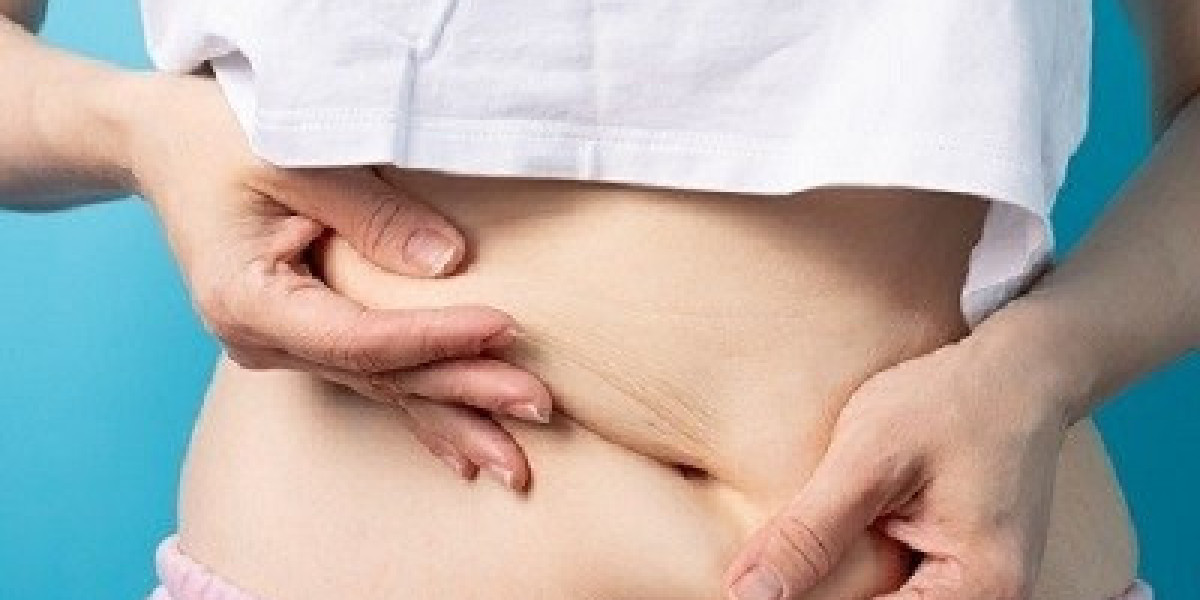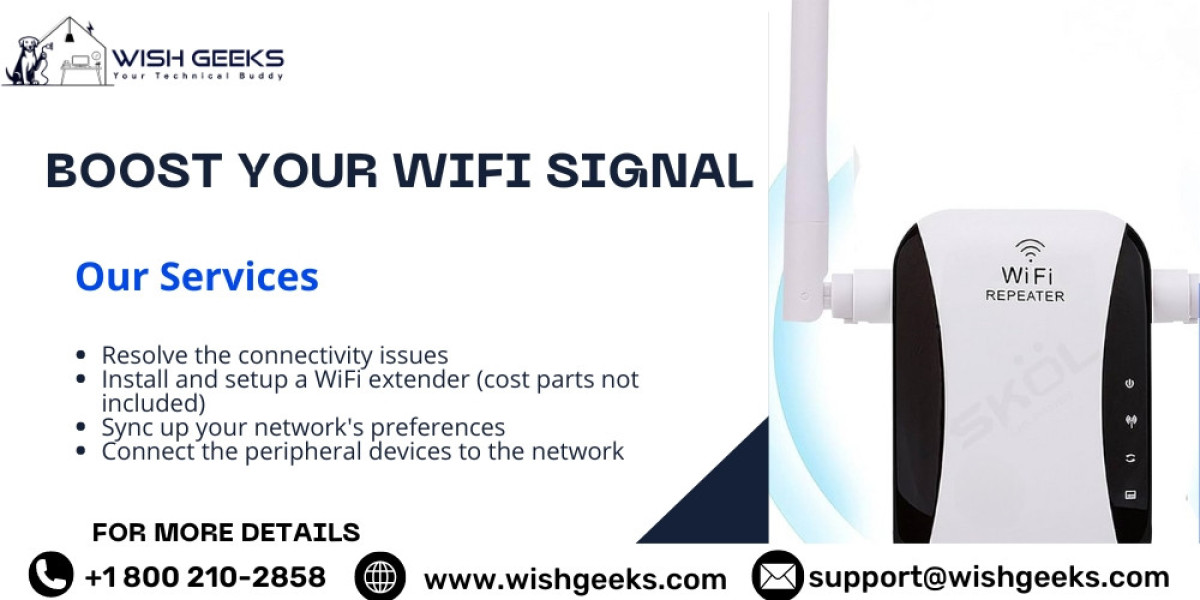Liposuction is a popular cosmetic procedure designed to remove stubborn fat and contour the body. While the results can be transformative, potential candidates often wonder whether the procedure is painful and how long it takes to recover. Here’s a comprehensive guide to help you understand what to expect during and after liposuction in Islamabad.
Is Liposuction Painful?
The level of pain experienced during and after liposuction varies from person to person, depending on factors like the technique used, the area treated, and individual pain tolerance.
During the Procedure:
- Anesthesia: Liposuction is performed under anesthesia, which ensures that patients feel no pain during the surgery. Depending on the extent of the procedure, the surgeon may use:
- Local Anesthesia: For small areas, numbing the specific site.
- General Anesthesia: For larger areas or multiple sites, ensuring you are asleep during the procedure.
- Minimal Discomfort: Thanks to modern techniques like tumescent or laser-assisted liposuction, discomfort during the procedure is minimized.
After the Procedure:
- Mild to Moderate Pain: It’s normal to experience soreness, tenderness, or a feeling of tightness in the treated area after the anesthesia wears off.
- Pain Management: Surgeons typically prescribe painkillers to manage discomfort during the first few days. The pain usually subsides significantly within a week or two.
- Bruising and Swelling: These are common but temporary side effects that contribute to the feeling of discomfort.
Recovery Time After Liposuction:
Recovery times vary based on the size of the treated area, the technique used, and how well the patient follows post-operative care instructions. Below is a general timeline of what to expect:
Day 1 to 3: Immediate Recovery
- Swelling, bruising, and mild discomfort are most noticeable.
- You may feel groggy if general anesthesia was used.
- Light movement, such as short walks, is encouraged to improve blood circulation and prevent clots.
- Compression garments are typically provided to minimize swelling and support healing.
Week 1: Resuming Light Activities
- Most patients can resume light activities, such as walking and non-strenuous tasks, within a few days.
- Swelling and bruising begin to decrease but may still be present.
- Pain is generally manageable with prescribed medications or over-the-counter pain relievers.
Weeks 2 to 4: Continued Healing
- Bruising fades significantly, and swelling continues to reduce.
- Patients can usually return to work (if it’s a desk job) and engage in light exercise.
- Heavier physical activities, including weightlifting or running, should still be avoided.
Month 1 and Beyond: Full Recovery
- Most swelling subsides after the first month, though some residual swelling may persist for 3–6 months.
- Final results become more apparent as the body heals and adjusts to its new contours.
- Patients can gradually return to their normal routine, including strenuous exercise, after clearance from the surgeon.
How to Ensure a Smooth Recovery:
- Follow Your Surgeon’s Instructions: Wear compression garments, take prescribed medications, and attend follow-up appointments.
- Stay Hydrated and Eat Well: Proper hydration and a balanced diet promote healing.
- Avoid Strenuous Activities: Allow your body ample time to recover before engaging in high-intensity workouts.
- Be Patient: Full results may take several months to manifest as your body adjusts to its new shape.
Conclusion:
Liposuction is not typically painful during the procedure thanks to anesthesia, and post-surgery discomfort is manageable with proper care. Recovery time varies, but most patients resume normal activities within a few weeks. By understanding what to expect and following your surgeon’s guidance, you can achieve your desired results while minimizing pain and downtime.








